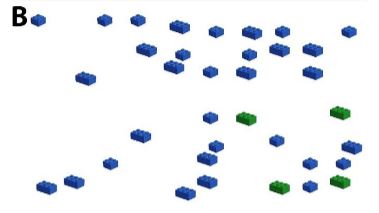Do input modalities matter? Speed and reliability of touch inputs and mouse inputs in visual foraging

New preprint on PsyArxiv.
Marian Sauter, Institute of Psycholog, Bundeswehr University Munich
Wolfgang Mack, Institute of Psycholog, Bundeswehr University Munich
Visual attention is usually investigated in a variant of the visual search paradigm with a single search target to find in the scene. However, interactions with the natural environment often revolve around more than searching the environment and then executing a single decision. To alleviate these concerns, visual attention researches have recently started exploring the possibility of using touch-screen based foraging tasks. In these tasks, multiple targets have to be cancelled by tapping them. But the adoption remains poor, possibly because of the non-availability of large touch-screen devices in most research institutions. A viable substitute for cancelling targets in such search affordances could be the computer mouse. In the present study, we aimed at investigating how search performance differs in a visual foraging task depending on the input device (touch versus mouse). We presented a visual foraging task for a known target that had to be found multiple times per search display in several search conditions. We found that responses given via mouse are slightly slower in general, but the variances in responses are comparable in all measurements. We did not find disadvantages in using computer mouse in comparison to using a touch screen. We conclude that the computer mouse is an adequate alternative to touch devices and argue that using the computer mouse in visual attention studies should become better adopted.



